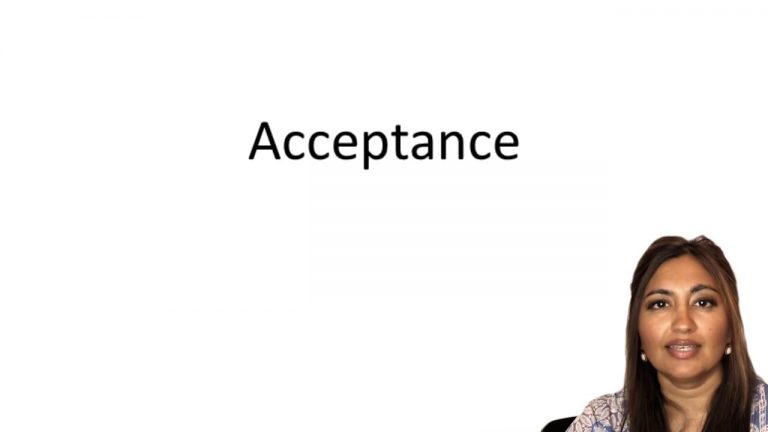SmartBrief
Confirm favorite deletion?
Contracts Keyed to Marshall
Ragosta v. Wilder Jr.
Citation:
592 A.2d 367 (1991)Facts
In 1987, plaintiffs learned defendant was considering selling the “The Fork Shop,” mailed him a letter offering to purchase the property along with a check for $2,000 and began arrangements to obtain the necessary financing. By letter dated September 28, 1987, defendant returned the $2,000 check explaining that he had two properties “up for sale” and that he would not sign an acceptance to plaintiffs’ offer because that would tie up both these properties until there was a closing. In the letter, he also made the following counter-offer. On October 6th, plaintiffs informed defendant that they would not close the sale on October 8th as discussed previously but that they would come to Vermont on October 10th. On October 8th, defendant called plaintiffs and informed them that he was no longer willing to sell “The Fork Shop.”
Only StudyBuddy Pro offers the complete Case Brief Anatomy*
Access the most important case brief elements for optimal case understanding.
*Case Brief Anatomy includes: Brief Prologue, Complete Case Brief, Brief Epilogue
- The Brief Prologue provides necessary case brief introductory information and includes:
Topic:
Identifies the topic of law and where this case fits within your course outline.Parties:
Identifies the cast of characters involved in the case.Procedural Posture & History:
Shares the case history with how lower courts have ruled on the matter.Case Key Terms, Acts, Doctrines, etc.:
A case specific Legal Term Dictionary.Case Doctrines, Acts, Statutes, Amendments and Treatises:
Identifies and Defines Legal Authority used in this case.
- The Case Brief is the complete case summarized and authored in the traditional Law School I.R.A.C. format. The Pro case brief includes:
Brief Facts:
A Synopsis of the Facts of the case.Rule of Law:
Identifies the Legal Principle the Court used in deciding the case.Facts:
What are the factual circumstances that gave rise to the civil or criminal case? What is the relationship of the Parties that are involved in the case.Issue(s):
Lists the Questions of Law that are raised by the Facts of the case.Holding:
Shares the Court's answer to the legal questions raised in the issue.Concurring / Dissenting Opinions:
Includes valuable concurring or dissenting opinions and their key points.Reasoning and Analysis:
Identifies the chain of argument(s) which led the judges to rule as they did.
- The Brief Prologue closes the case brief with important forward-looking discussion and includes:
Policy:
Identifies the Policy if any that has been established by the case.Court Direction:
Shares where the Court went from here for this case.

 19m 28s
19m 28s